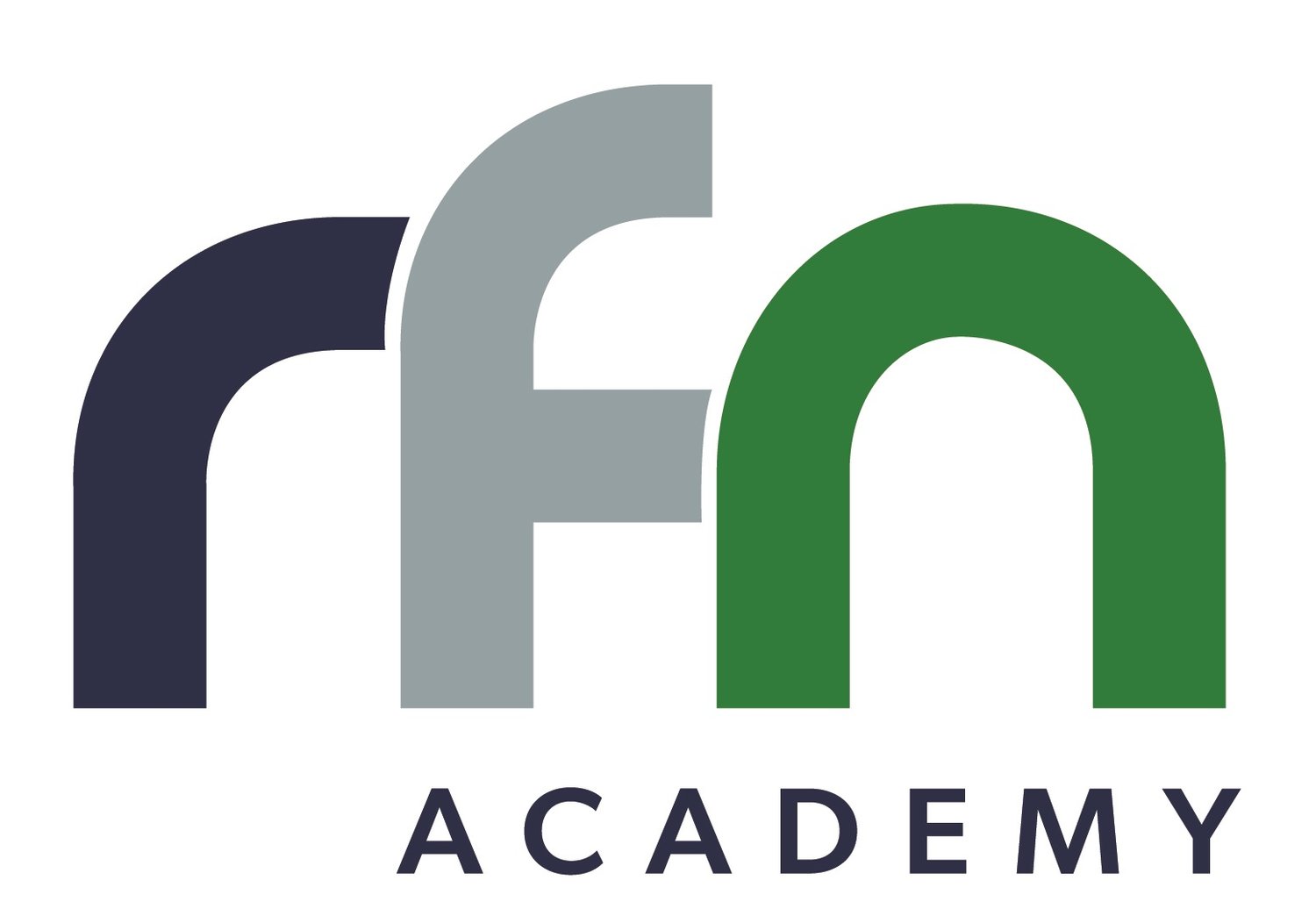successfully spanning the curve
Transitioning a family business between generations is inherently tricky; it’s why 70% fail to transition to a second generation and only 12% successfully make it to a third.
At Ready for Next, we developed a new way of thinking about family business transitions – Curvespanning™. This methodology is designed to increase the success of the transition to the next generation and extend the overall life of the family business.
Imagine an s-curve, the graphic representation of the growth and death of a business, over time. All business lifespans follow this trajectory, sometimes more than once depending on the business. The key to avoiding inevitable decline is to strategically introduce a second s-curve at the precise moment of maximum growth – the tipping point. This is what we call Curvespanning™ – or spanning the curve.
Rob Johannigman had the kind of family business succession experience we all hope for. A supportive and empowering predecessor, a successor duo with the ambition and skills necessary to innovate and grow the business and ultimately, forethought and good planning.
Family businesses are met with a special set of challenges: family dynamics, poor planning, lack of training and leadership development and resistance to change to name a few. Curvespanning™ approaches intergenerational transfer as an opportunity to innovate and offers an approach to transition planning that protects legacy while setting the next generation up for growth and business continuation for the long term.
In Rob’s case, many of the elements that normally act as barriers to transitioning a family business were absent. When asked to describe why his family business transition was such a success, he said, “Curvespanning™ is a subset of reinvention. It requires agility and entrepreneurial drive and not everyone is born with those skills. Our business was facing irrelevance and we decided to reinvent ourselves. My brother and I knew we could make it happen and our dad didn’t hold us back.”
As fundamentally different entrepreneurs than their father, Rob and his brother were able to focus on bringing something new to the business, rather than trying to preserve his legacy exactly. “Dad was just an excellent, trustworthy, steady owner interested in running a relationship-centric business. He didn’t mind us leaning on our tech backgrounds to try and make everything as efficient as possible.”
One of the keys to a successful transition is finding the “goldilocks” zone of balance between generational interests. Spanning an s-curve means transferring enviable assets – if you’re not handing the balance sheet, and control of it, to the successor generation, you’re not spanning. This can be scary for predecessors who often have a hard time relinquishing full control. Also difficult sometimes, is recognizing successor generations may have different risk profiles, skills, attributes, experiences and talents and that these differences are a wellspring of strength rather than weakness.
Boiled down, Curvespanning™ is about getting a business from point A to point B. To work, the family doing the spanning needs to have a clear idea of why they’re doing it. Not every business is primed for reinvention; some simply aren’t interested in it while others don’t have the desire to reinvest at the (tipping) point on the curve when they’re most compelled to milk their successes and relax.
“Curvespanning™ is not the solution for everyone. It is a supercharged process that starts with a basic question,” explained Rob, “to reinvent or not to reinvent?”.
To learn more about RFN’s Curvespanning™ methodology, check-out:
Curvespanning: A New Way of Thinking About Family Business Transitions
